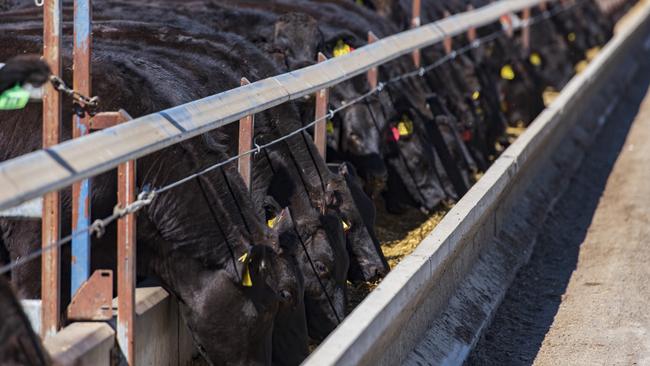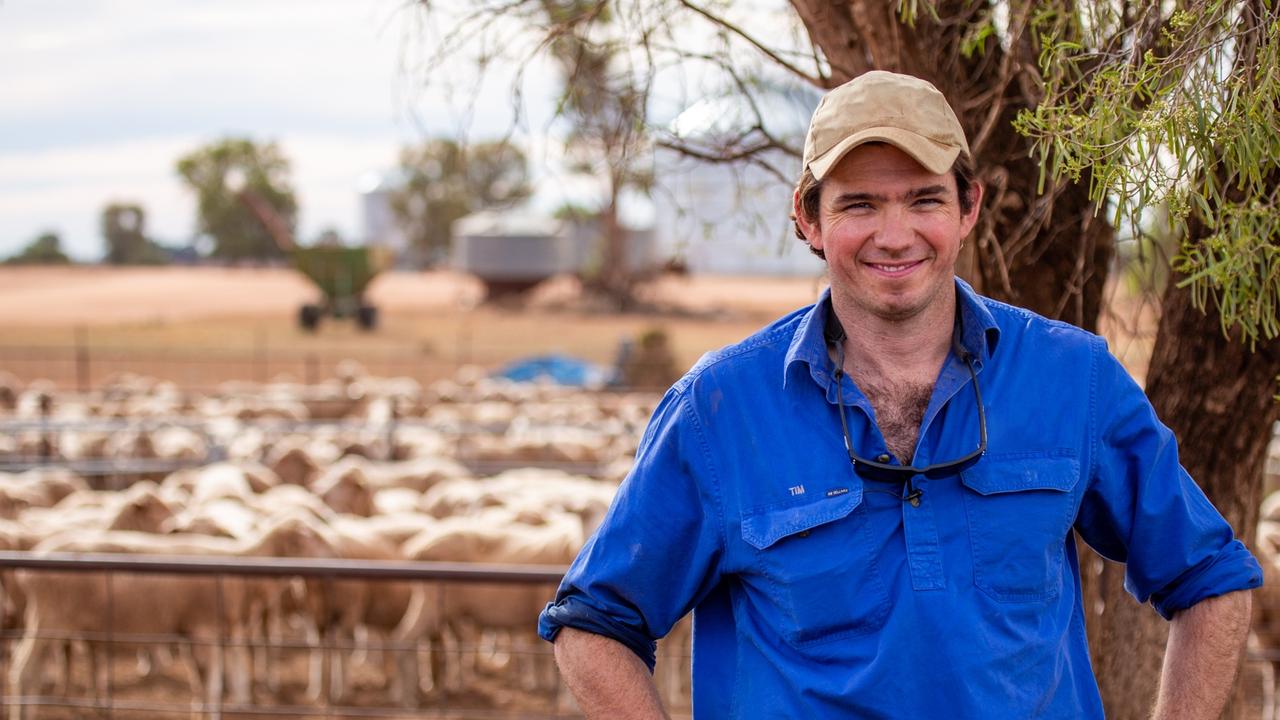Surging US prices driving the beef market
Rapidly rising prices in the US are giving Australia’s beef market much to rejoice.

The narrative around Australia’s red-hot beef market is often negative, questioning how long prices can stay so high and be out of step with world trends due to our herd rebuilding.
Looking for some form of negative change has nearly become a habit, an example being last week’s Euroa store sale, where a bigger number of weaners being cashed in due to the dry conditions had many people expecting a weaker outcome.
I’ll plead guilty to that speculation, and for the record calf prices at Euroa continued to be exceptionally strong.
So rather than chase the potential pitfalls that could hit the industry, this week is about some of the encouraging signs that have emerged recently for beef. The headline act is a surge in beef price in the US, the country that heavily influences what happens for beef on the world stage.
In its latest report on the US market, commodity analysts Steiner Consulting said beef was showing rapid price rises.
“It is difficult to find a meat item that has not increased by double digits in recent weeks,” the report said.
Steiner described wholesale meat prices in the US as “skyrocketing’’, and this strength carries through into grinding beef, which plays a key role in the performance of Australia’s cow market.
Or as Steiner summed up the situation: “Higher prices for US lean beef and skyrocketing prices for wholesale beef overall underpin demand for imported product.’’
And usually if the cow market starts to improve at Australian saleyards, other cattle categories such as grown steers and even domestic vealers are dragged higher as well.
In the past month the price point for cow beef being shipped from Australia into the US has gone from 665c/kg to sit at nearly 712c/kg CIF (cost, freight and insurance), according to figures from Meat and Livestock Australia.
This is the strongest 90 chemical lean cow beef price (90 per cent red meat 10 per cent fat blend used for hamburgers) the industry has seen since last June, when the market become distorted by coronavirus.
The following factors are driving the market:
BEEF imports into the US were down 8.3 per cent in March as the US struggles to attract as much product to its shores against competition from Asian markets, particularly China.
SALES of beef from Australia to the US in March were down 48 per cent, while New Zealand was down by 12 per cent. Traditionally, the US has relied on Australia and New Zealand as a base for its grinding beef requirements.
THE US has been exporting more of its own beef, with sales to China at a record level in March. Steiner said China was now the third largest export destination for US beef.
As a result of all these export and import dynamics, US buyers wanting to secure shipments of grinding beef have had to lift their price offers.
At this stage the official saleyard price indicator for cows in Australia has not shown much movement, listed at a stable 285c/kg liveweight on Monday, although good beef cows have been commanding more than 300c/kg at southern centres.
And the upward price movement for US beef is not a silver bullet for Australian processors, who remain under pressure on cattle supply and cost angles. But it is a step in the right direction.
Other positives include a spike in cattle hide prices, which have dropped in the past year as demand for high-value leather products fell away. The last Co-Product report from MLA shows significant price increases for hides, albeit off a low base.
In Victoria, which has the cleanest and highest value hides being tick and brand-free, prices for hides off heavy export animals over 350kg have risen to $44 (up 34 per cent in a month); hides off 220-280kg animals to $28.50 (up 42 per cent). Tails sold to Korea have risen $2/kg to $12 on a year ago, and tongues to Japan are up a similar level to an average of $14.58/kg.
These carcass components can help abattoir profits, easing the pressure of record cattle costs.
MORE
AUSTRALIAN LIVESTOCK’S BUMPY ROAD AHEAD


